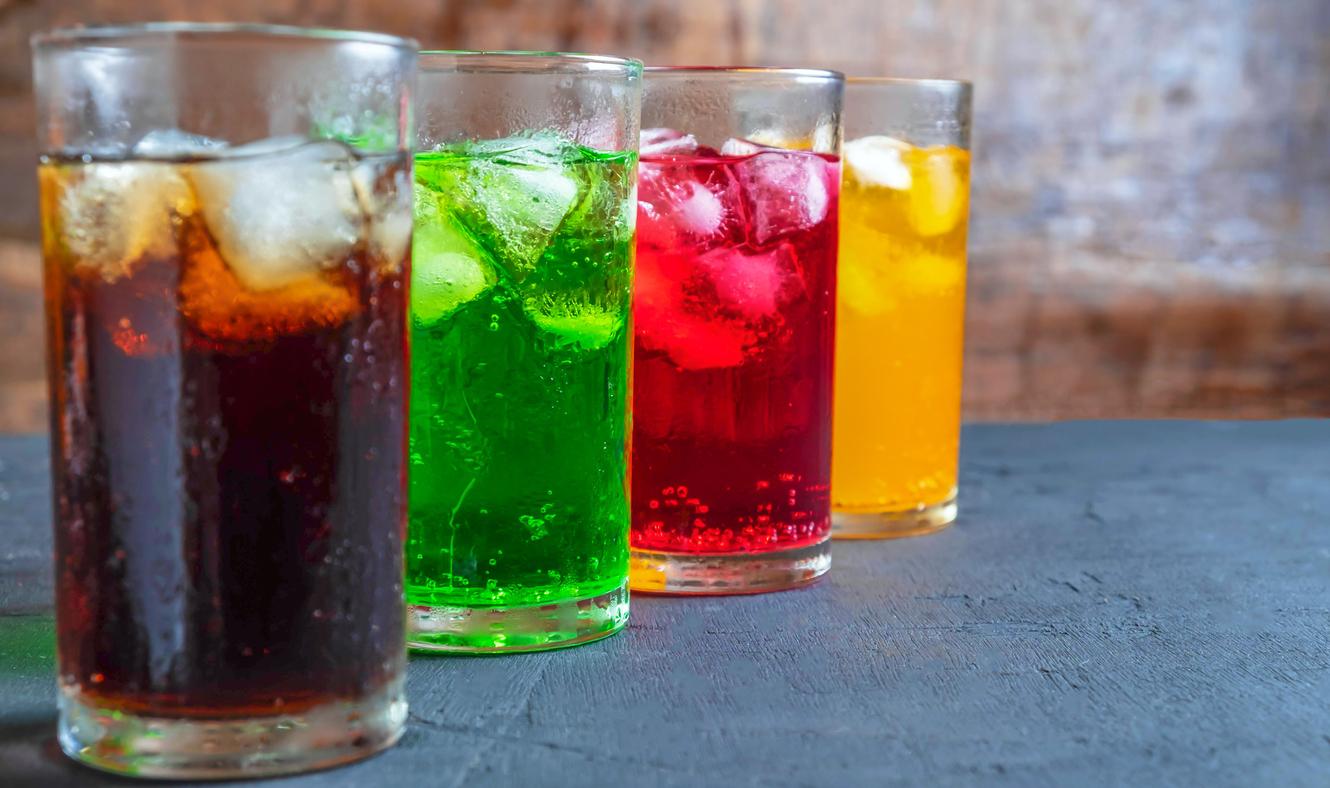
This is how you replace sugar
If you like baking, the pounds will fly if you don’t pay attention. After all, someone has to eat all that goodies. Fortunately, you can now also use sugar substitutes in your baking. We explain which sweetener you use when and give three tasty recipes.
With sugar substitutes it’s like everything else in life: it depends on your personal preference which sweetener you choose. Some find stevia more pleasant than, for example, sucralose. The other prefers to use aspartame or saccharin. The same applies to baking with sweeteners: one person likes a compact cake and therefore uses stevia, the other prefers the cake a bit more airy and uses tagatose. However, that does not mean that all sweeteners can also be used to make biscuits, pies or cakes. And it certainly does not mean that you can indiscriminately replace the sugar in a recipe with a sweetener.
The properties of sugar
Many people do not realize that sugar is not only a sweetener, but also a natural leavening agent. If you would simply leave the sugar out of the recipe, your pastry would not rise. The solution? Add extra raising agent or choose a sweetener that also ensures rising. Also, pastries that are sweetened with sweeteners are often slightly drier than when sugar has been used. You can prevent this by adding extra moisture to your batter. Finally, sugar goes very well with eggs for binding: the two together form an even mass. If you use the wrong sweeteners, you may get a grainy mass, while there are also sweeteners that dissolve well.
The amount of sweetener
Another point to keep in mind is the amount of sweetener you use. 50 grams of sugar is not equal to 50 grams of sweetener. in fact: the intensity differs per sweetener, so you have to look very carefully with how much sweetener you replace your sugar with. And especially take into account the taste of the sweetener you choose.
Intensive and extensive sweeteners
Sweeteners are divided into two types: the extensive sweeteners – also called polyols or filler or bulk sweeteners and the intensive sweeteners. The polyols include, for example, sorbitol and xilytol. Their sweetening power is 0.4 to 1 times that of regular sugar or sucrose. Polyols contain fewer calories than sugars (2.4 kcal/g versus 4 kcal/g). Erythritol is the only zero calorie polyol.
The intensive sweeteners are also called low-calorie sweeteners and are most often used as a replacement for sugar in drinks, pastries and desserts. They have a very strong sweetening power, on average 200 times sweeter than sugar. As a result, very little of them needs to be used and they provide a negligible amount of calories. Some sweeteners are not even digested by the body at all. They leave the body unchanged through the faeces and urine and therefore provide no calories at all. The group of intensive sweeteners includes aspartame, advantame, cyclamate, saccharin and sucralose. For the best possible taste, combinations of sweeteners are often used in foods. In addition, certain sweeteners enhance each other’s sweetness, so that even less is needed.
Stevia: a special case
The stevia plant or Stevia rebaudiana has been used in South America for centuries to give drinks a sweet taste, but does not contain sugar itself. The plant owes its sweet taste to the so-called steviol glycosides. These components are extracted from the plant and processed into a sweetener based on stevia. It is therefore a sweetener of natural origin, in contrast to the sweeteners mentioned earlier.
Stevia is two hundred to three hundred times sweeter than sugar. It has a rather bitter aftertaste and is therefore often combined with other sweeteners. So how much of it you need actually depends on which mix you buy. The fact is that you always need little of it, and therefore lack a filler. You would therefore do well to make up for that lack by adding some water, protein or juice. Stevia also does not rise and you will have to use baking powder or self-raising flour. Furthermore, adding a little cocoa is recommended, because pastries sweetened with stevia appear a bit pale. Sugar causes the Maillard reaction, the chemical reaction that causes the browning and the beautiful crust. Stevia does not give that reaction.
aspartame
Aspartame is difficult to dissolve in liquids, but that is not really a problem in practice, because you only need very little of it. It can be used in most products that also use sugar. Aspartame is very stable in acidic conditions, but not stable in basic conditions. Aspartame enhances the taste of fruit and fruit flavors, but when heated, the sweetness of aspartame disappears. You can therefore not use it in cakes that have to be baked. It is suitable for desserts such as pudding.
Advantame
Advantame has a sweetening power that is 100 times greater than that of aspartame. The taste is very close to that of aspartame. Advantame is soluble in water and stable even at very high temperatures. So it can be used in most products that require the use of sugar.
Acesulfame-K
Acesulfame-K is heat resistant up to 200 °C and is therefore also suitable for baking or cooking. It is stable during preparation (cooking, baking, roasting, etc.) and storage and it can be frozen. When added to acidic products, it can lose some sweetness. It has a somewhat bitter aftertaste at high concentrations. That is why it is often used in combination with other sweeteners.
tagatose
Tagatose is a sweet substance obtained from lactose (milk sugar). The structure and taste approach those of regular sugar, making this sweetener very suitable for baking. Because you need quite a lot of it, this sweetener fits well in cake batter, which must have a certain volume to make it fluffier, as mentioned. Tagatose is usually combined with other sweeteners. It has a slightly less sweetening power than sugar, but also a lower calorie value (1.5 kcal/g versus 4 kcal/g). For example, adding sucralose makes it twice as sweet as sugar. So you have to halve the amount: where you use 100 grams of sugar, 50 grams of this sweetener (often sold under the name tagatesse) is sufficient.
sucralose
Sucralose has a sugary taste. It is soluble in water and can be stored for a long time. In combination with other sweeteners, it increases the sweetening power exponentially (synergistic effect) so that fewer sweeteners are needed. Sucralose can withstand heating and is therefore suitable for cooking and baking.
Cyclamate
Cyclamate is used in soft drinks, sports drinks, dairy products, breakfast cereals, jams, desserts, biscuits, chocolate, sauces and tablets. At high concentrations, cyclamate has a bitter aftertaste. It dissolves well and is stable under most conditions. It is resistant to cooking, baking and frying and can therefore be used widely. It enhances the taste of fruits and fruit products and is often used in combination with saccharin.
Do you want to try for yourself whether baking with sweeteners actually produces good results? Then try one of the three recipes below.
1. Fewer Calorie Apple Cake
This delicious apple cake tastes just as good as grandmother’s apple cake, but contains far fewer calories. Check out the recipe!

2. Slim lemon and ginger cheesecake
A creamy yet fresh cheesecake, with a lot fewer calories than usual. Quickly check the recipe!

3. Sugar Free Pecan Oatmeal Cookies
Crunchy on the outside and chewy on the inside, these pecan oatmeal cookies with raisins are just the way they should be. And they also contain only 115 kcal. per cookie because no sugar has been used. Here you will find the recipe.

Sources):

















